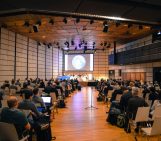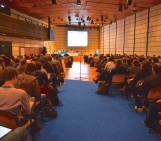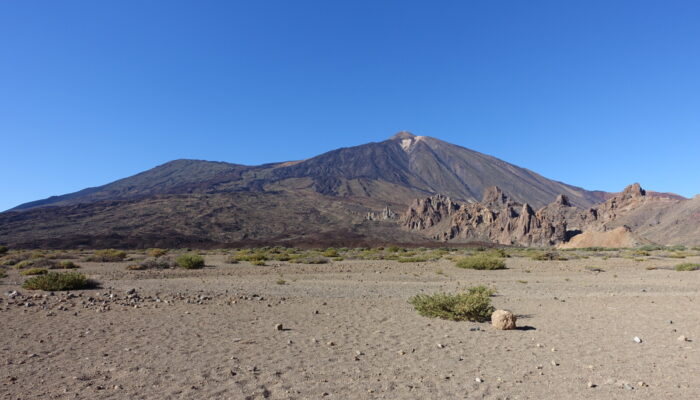
Tenerife, the largest active volcanic island in the Canarian archipelago, encompasses a diverse landscape shaped by volcanic activity. This picturesque island of the Mediterranean not only boasts stunning vistas but also harbours a dynamic volcanic system that requires diligent monitoring.
In recent years, an international team of researchers from Instituto Volcanológico de Canarias (INVOLCAN), Instituto Tecnológico y de Energías Renovables (ITER), Rheinische-Friedrich-Wilhelms-University of Bonn, Birkbeck University and Queens University of Belfast monitors the volcanic activity on Tenerife by focusing on two crucial aspects: groundwater monitoring and CO2 flux measurements.
A network of over 1,000 galleries on the island facilitates groundwater exploitation, granting access to the aquifer at varying depths and elevations. Within this network, the Fuente del Valle and San Fernando galleries have been diligently sampled since mid-2016 for volcanic monitoring purposes. Weekly on-site measurements of physicochemical parameters, including temperature, pH, and electrical conductivity, have been carried out. Additionally, the researchers conducted laboratory analyses to examine the chemical and isotopic composition of water, as well as the presence of dissolved gases. “Measurements were collected since 2016 to establish a baseline and be able to see anomalous readings through long data series”, said Louis-Alexandre Lobanov from Birkbeck University, one of the scientists involved in the research and presenter at the EGU 2024 General Assembly.
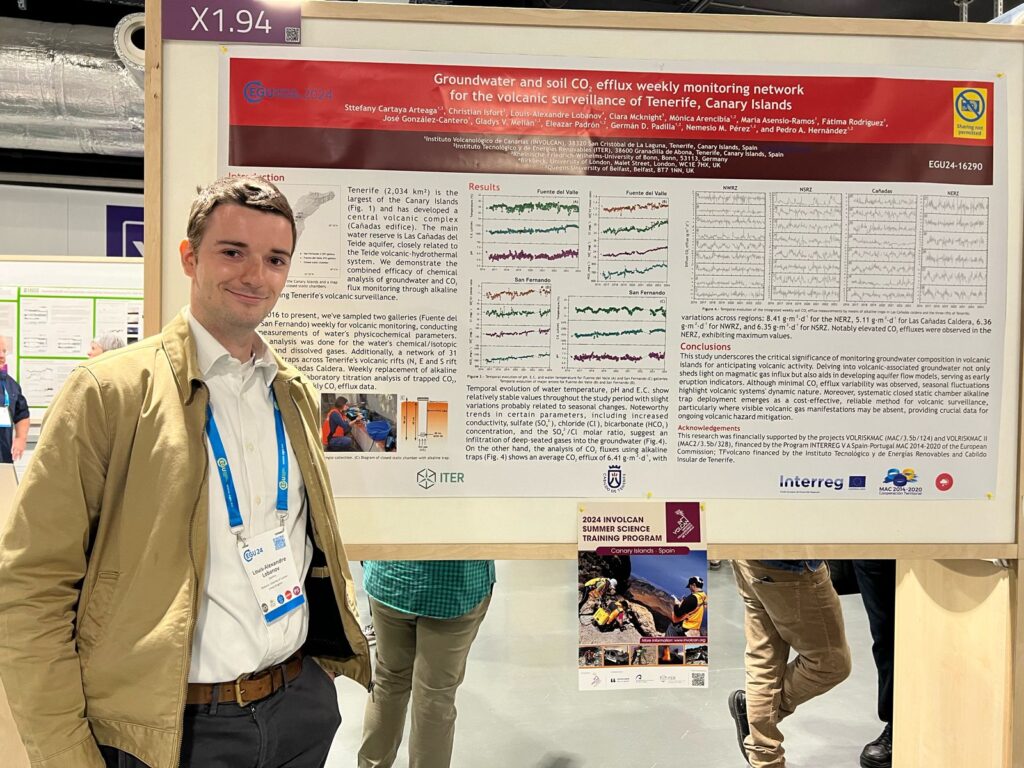
Louis-Alexandre Lobanov presented his team’s work at EGU 2024 General Assembly. Credit: Anna Katsigera
The island’s volcanic activity is closely intertwined with its groundwater dynamics, making it imperative to understand the hydrogeochemical processes occurring beneath the surface. According to Lobanov, by identifying magmatic gases that mix into groundwater, we can spot any increases in volcanic activity through the increase of such elements into the groundwater. The study revealed noteworthy trends, indicating an infiltration of deep-seated gases into the groundwater. For instance, the robust interaction with endogenous gases like CO2, H2S, and H2 is indicated by increased conductivity, sulphate concentration, chloride, bicarbonate, and the SO42-/Cl– molar ratio. “Furthermore, the correlation between specific hydrogeochemical parameters and observed seismic activity highlights the groundwater monitoring’s acute sensitivity to volcanic fluctuations.”
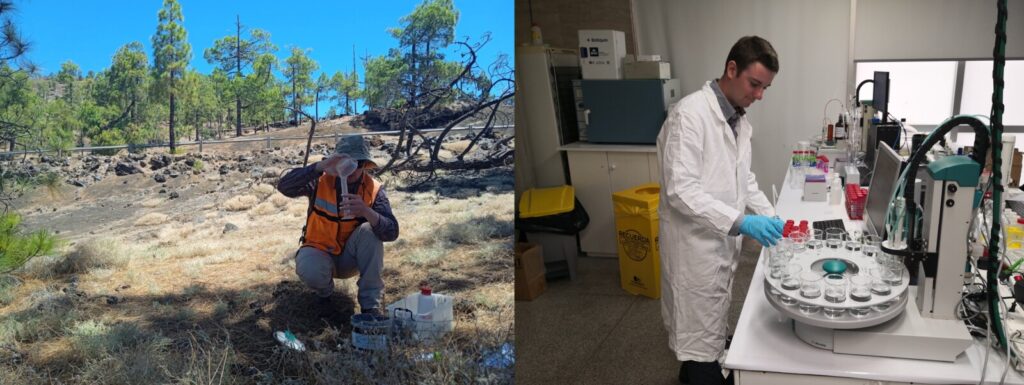
The scientists took weekly on-site measurements of physicochemical parameters, including temperature, pH, and electrical conductivity. Credit: Louis-Alexandre Lobanov
In tandem with groundwater monitoring, CO2 flux measurements using closed alkaline traps have significantly contributed to Tenerife’s volcanic surveillance efforts. According to the study, the systematic use of closed alkaline traps has proven to be a cost-effective and straightforward method for monitoring CO2 fluxes, particularly in areas lacking visible volcanic gas manifestations. The network of 31 traps strategically placed across the island’s volcanic rifts and at Cañadas Caldera has provided valuable insights into CO2 efflux variations. While the average CO2 efflux remained relatively stable throughout the study period, notable regional differences were observed, with the NE rift-zone exhibiting elevated levels.
The integration of groundwater analysis and CO2 flux measurements offers a comprehensive approach to volcanic surveillance on Tenerife, providing crucial insights into magmatic processes and aiding in the anticipation of future volcanic activity. “This innovative method has a lot of potential to be used for monitoring volcanic activity, predicting future eruptions and managing any potential risks that derive from them”, said Lobanov.
Monitoring volcanoes has proven to be a crucial tool for not only detecting but also mitigating potential volcanic hazards. Thanks to the ongoing advancements in monitoring technologies, our ability to identify changes in volcanic activity and implement proactive measures for hazard management keeps evolving, ultimately reducing the risk of multiple types of volcanic hazards.
References
Cartaya Arteaga, S., Isfort, C., Lobanov, L.-A., Mcknight, C., Arencibia, M., Asensio-Ramos, M., Rodríguez, F., González-Cantero, J., Melián, G. V., Padrón, E., Padilla, G. D., Pérez, N. M., and Hernández, P. A.: Groundwater and soil CO2 efflux weekly monitoring network for the volcanic surveillance of Tenerife, Canary Islands, EGU General Assembly 2024, Vienna, Austria, 14–19 Apr 2024, EGU24-16290, https://doi.org/10.5194/egusphere-egu24-16290 , 2024.

